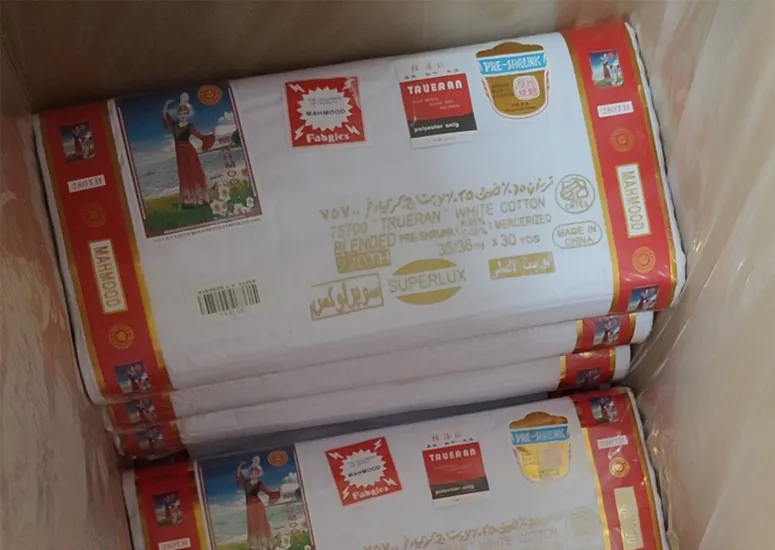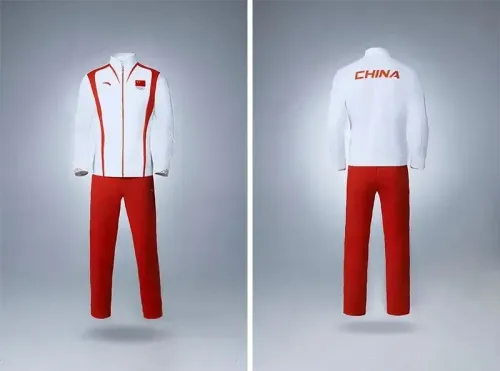
- Afrikaans
- Albanian
- Amharic
- Arabic
- Armenian
- Azerbaijani
- Basque
- Belarusian
- Bengali
- Bosnian
- Bulgarian
- Catalan
- Cebuano
- Corsican
- Croatian
- Czech
- Danish
- Dutch
- English
- Esperanto
- Estonian
- Finnish
- French
- Frisian
- Galician
- Georgian
- German
- Greek
- Gujarati
- haitian_creole
- hausa
- hawaiian
- Hebrew
- Hindi
- Miao
- Hungarian
- Icelandic
- igbo
- Indonesian
- irish
- Italian
- Japanese
- Javanese
- Kannada
- kazakh
- Khmer
- Rwandese
- Korean
- Kurdish
- Kyrgyz
- Lao
- Latin
- Latvian
- Lithuanian
- Luxembourgish
- Macedonian
- Malgashi
- Malay
- Malayalam
- Maltese
- Maori
- Marathi
- Mongolian
- Myanmar
- Nepali
- Norwegian
- Norwegian
- Occitan
- Pashto
- Persian
- Polish
- Portuguese
- Punjabi
- Romanian
- Russian
- Samoan
- scottish-gaelic
- Serbian
- Sesotho
- Shona
- Sindhi
- Sinhala
- Slovak
- Slovenian
- Somali
- Spanish
- Sundanese
- Swahili
- Swedish
- Tagalog
- Tajik
- Tamil
- Tatar
- Telugu
- Thai
- Turkish
- Turkmen
- Ukrainian
- Urdu
- Uighur
- Uzbek
- Vietnamese
- Welsh
- Bantu
- Yiddish
- Yoruba
- Zulu
فېۋرال . 14, 2025 02:44
Back to list
polyester cotton poplin fabric
The quest for the perfect fabric often leads us through a maze of textures and materials, each offering its own set of characteristics and advantages. Polyester, often regarded for its durability, maintenance ease, and cost-effectiveness, is frequently juxtaposed with cotton, celebrated for its natural softness, breathability, and comfort. But what if we could enjoy the benefits of polyester while replicating the coveted feel of cotton? This is where polyester-cotton blends and advancements in fabric technology come into play, offering innovative solutions for various industries and consumers seeking the best of both worlds.
Another aspect that underscores the desirability of polyester-like-cotton textiles is their adaptability across various dyeing and finishing processes. Polyester can be engineered to retain colors better than cotton, thus extending the vibrant life of garments. This colorfastness ensures that clothing items remain appealing after numerous washes, without the fading that is typically seen with cotton articles. This feature is particularly valuable in the fashion and apparel industries, where aesthetics play a critical role in consumer satisfaction. The environmental impact of polyester is another critical consideration, especially as sustainability becomes more integral to purchasing decisions. While cotton is a renewable resource, its cultivation demands significant water and pesticide use. In contrast, polyester, being synthetic, is less taxing on these resources. However, forward-thinking manufacturers are now focusing on recycled polyester options, made from post-consumer plastics, thereby reducing reliance on virgin materials and minimizing environmental impacts. These sustainable options are gaining traction among eco-conscious consumers and brands aiming to reduce their carbon footprint. Trust in textile choice also hinges on transparency and industry standards. Leading brands often certify their materials through recognized organizations like OEKO-TEX, ensuring products are free from harmful substances and produced under ethical conditions. This certification boosts consumer confidence and supports the reputation of polyester-like-cotton products as safe and responsibly made alternatives. In conclusion, polyester fabrics designed to resemble cotton are not just an imitation but an evolution, addressing the demands of modern consumers who desire comfort, longevity, and sustainability. Through blending techniques, advancements in fiber technology, and a focus on eco-friendly practices, these textiles stand as a testament to innovation in the fabric industry. As textile technology continues to evolve, the potential for developing fabrics that offer even greater authenticity in feel and sustainability is vast, promising an exciting future for both manufacturers and consumers.


Another aspect that underscores the desirability of polyester-like-cotton textiles is their adaptability across various dyeing and finishing processes. Polyester can be engineered to retain colors better than cotton, thus extending the vibrant life of garments. This colorfastness ensures that clothing items remain appealing after numerous washes, without the fading that is typically seen with cotton articles. This feature is particularly valuable in the fashion and apparel industries, where aesthetics play a critical role in consumer satisfaction. The environmental impact of polyester is another critical consideration, especially as sustainability becomes more integral to purchasing decisions. While cotton is a renewable resource, its cultivation demands significant water and pesticide use. In contrast, polyester, being synthetic, is less taxing on these resources. However, forward-thinking manufacturers are now focusing on recycled polyester options, made from post-consumer plastics, thereby reducing reliance on virgin materials and minimizing environmental impacts. These sustainable options are gaining traction among eco-conscious consumers and brands aiming to reduce their carbon footprint. Trust in textile choice also hinges on transparency and industry standards. Leading brands often certify their materials through recognized organizations like OEKO-TEX, ensuring products are free from harmful substances and produced under ethical conditions. This certification boosts consumer confidence and supports the reputation of polyester-like-cotton products as safe and responsibly made alternatives. In conclusion, polyester fabrics designed to resemble cotton are not just an imitation but an evolution, addressing the demands of modern consumers who desire comfort, longevity, and sustainability. Through blending techniques, advancements in fiber technology, and a focus on eco-friendly practices, these textiles stand as a testament to innovation in the fabric industry. As textile technology continues to evolve, the potential for developing fabrics that offer even greater authenticity in feel and sustainability is vast, promising an exciting future for both manufacturers and consumers.
Latest news
-
The Versatility and Elegance of White Cotton Poplin FabricNewsJun.23,2025
-
The Luxurious Comfort of Carded CottonNewsJun.23,2025
-
Explore the Luxurious Comfort of Cotton Flannel ClothNewsJun.23,2025
-
Discover the Versatility of Cotton Poplin ClothNewsJun.23,2025
-
Bleach Cotton FabricNewsJun.23,2025
-
100 Cotton BlendNewsJun.23,2025
-
Versatile Elegance with Poplin Fabric for SaleNewsMay.15,2025
